Where did the snippets come from?
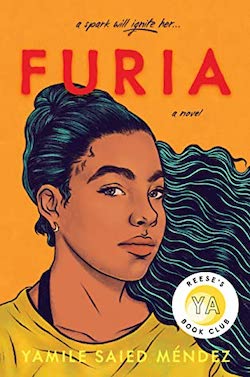
Furia, by Yamile Saied Méndez
In Argentina, a girl wants to be a scholarship soccer player but needs to push back against her family and community to pursue her ambitions.
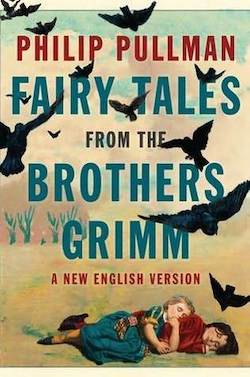
Fairy Tales from the Brothers Grimm, by Philip Pullman
A punchy, modern English retelling of classic German folk and fairy tales, including Cinderalla and Red Riding Hood, by the author of the The Golden Compass.
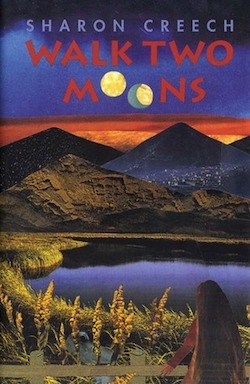
Walk Two Moons, by Sharon Creech
An intricate and layered story of a teenage girl and her father both struggling to come to terms with her mother's departure from their lives, including fighting over new homes and new relationships.
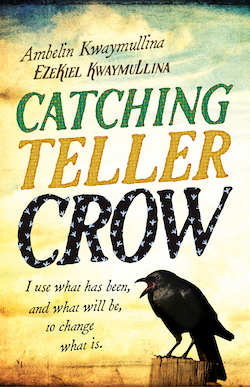
Catching Teller Crow, by Ambelin Kwaymullina and Ezekiel Kwaymullina
A dead girl returns as a ghost to help her grieving father solve a mystery involving a burned orphanage and an unidentified body. Published in the U.S. as The Things She's Seen.
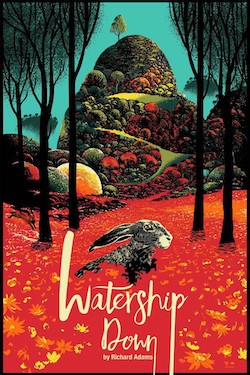
Watership Down, by Richard Adams
An epic story about a group of rabbits who flee a doomed warren and endure a terrifying journey to establish a safe new home. Mythical world-building.
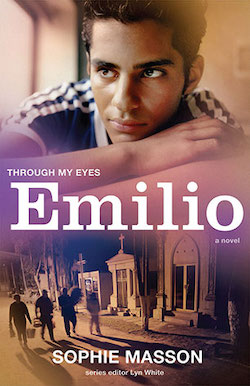
Emilio: Through My Eyes
Dramatic story of a Mexican teenager whose mother is kidnapped by a drug cartel. Part of the Through My Eyes series of novels, which tells stories from the perspectives of young people around the world.
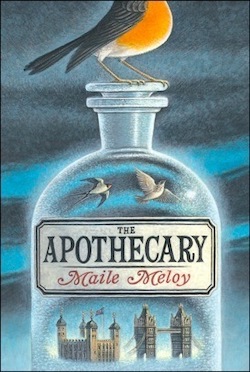
The Apothecary, by Maile Meloy
A fast-paced historical fantasy-mystery-spy-thriller about a couple of kids brewing magical potions to rescue one kid's father from spies with nuclear weapons.
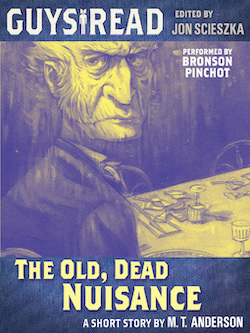
The Old, Dead Nuisance, by M.T. Anderson
A short story about fake psychics in a house with some very real ghosts. Collected in Guys Read: Thriller, edited by Jon Scieszka.

